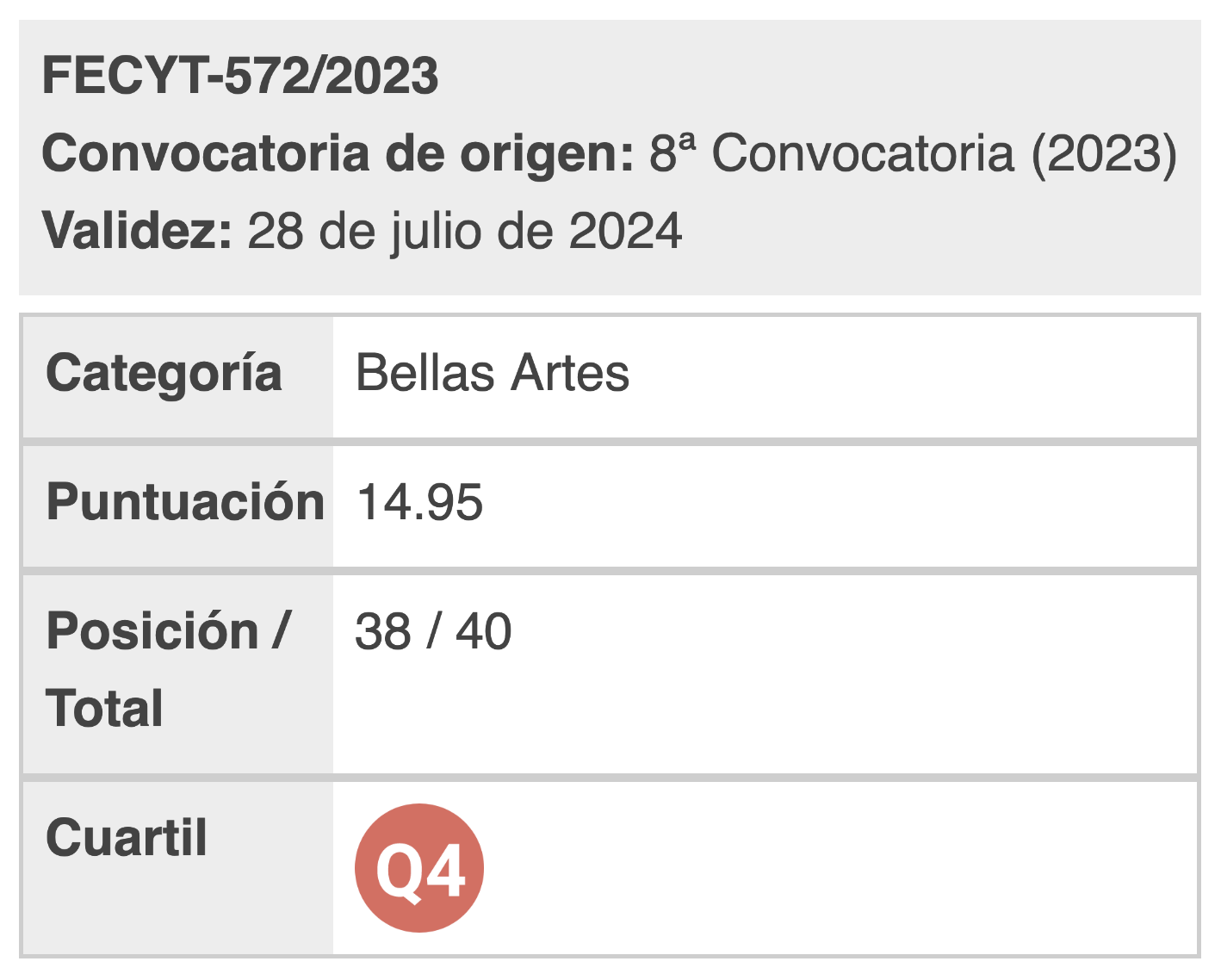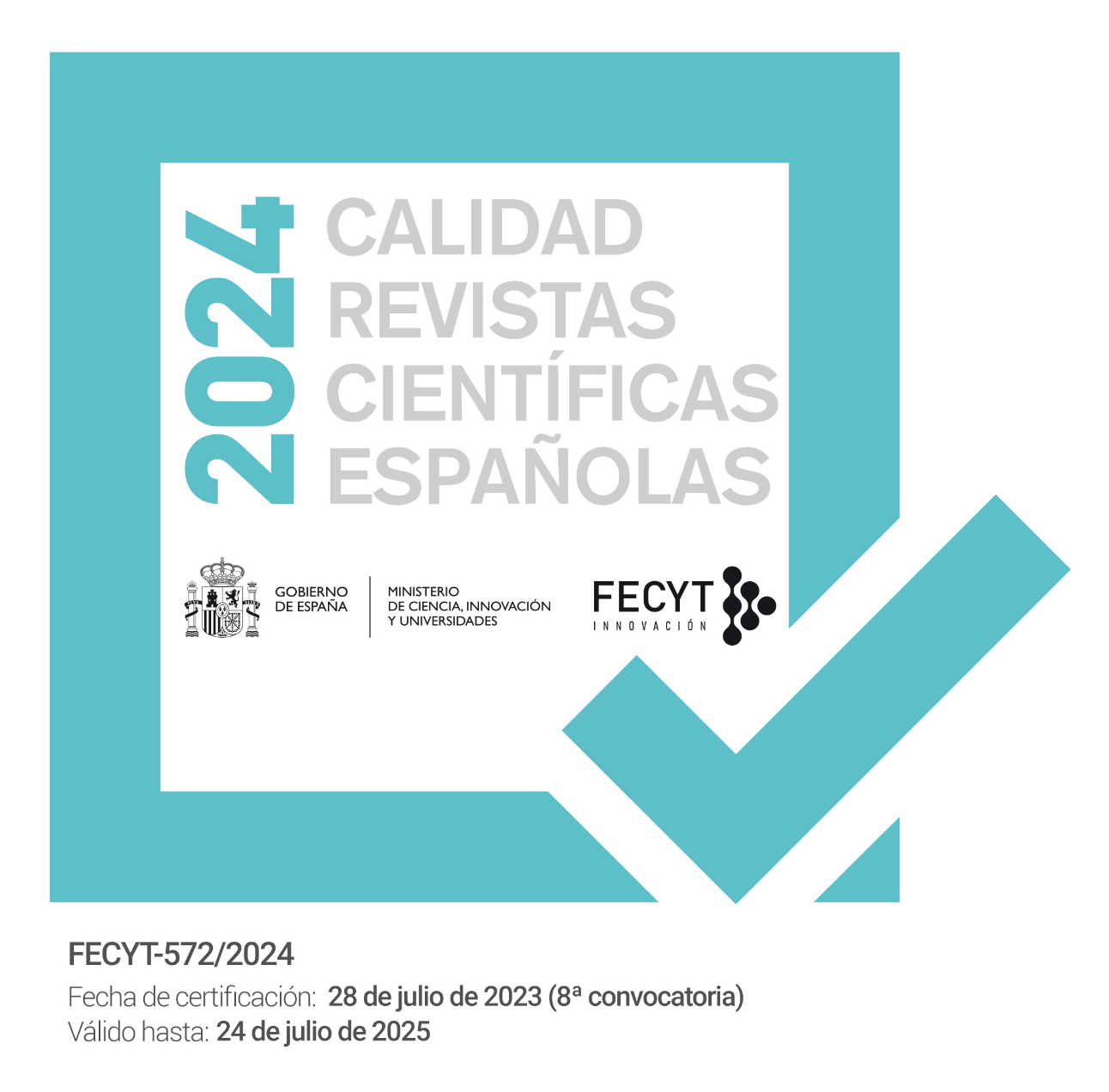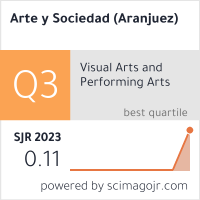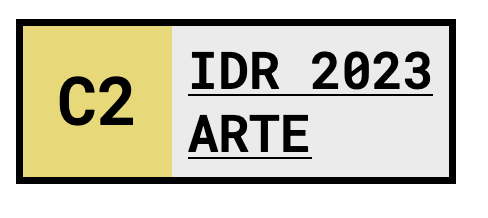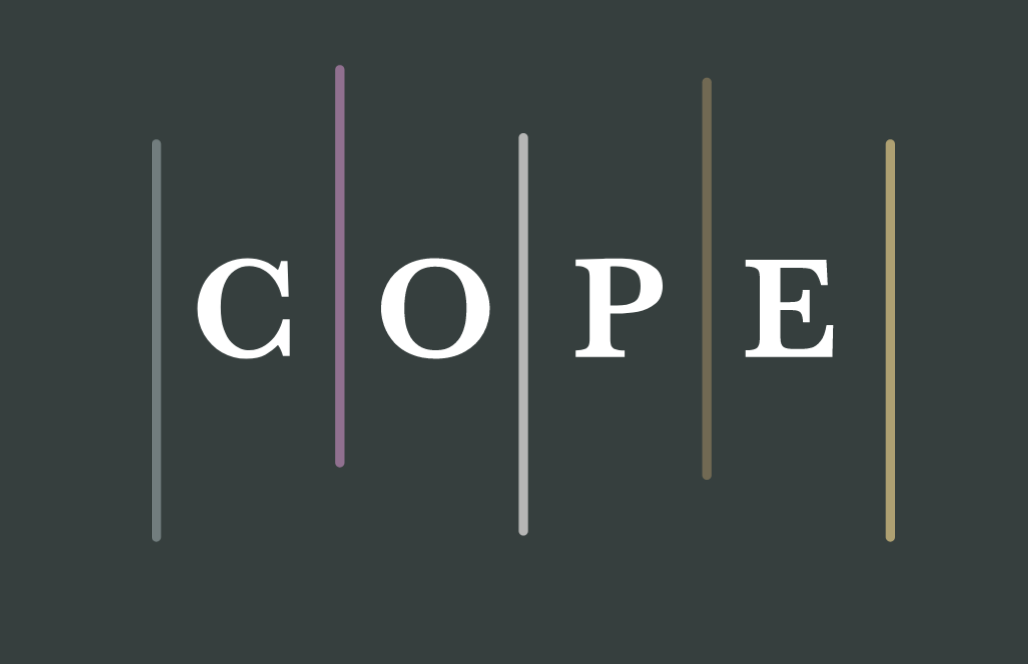Changes in the narrative structure of Netflix series
The mindhunter case
DOI:
https://doi.org/10.5281/zenodo.7655039Keywords:
Structure, narrative, Netflix, series, MindhunterAbstract
This paper examines the impact of Netflix simultaneous release on the narrative structure of Mindhunter (2017- Today). The analysis of its first season shows that it adopts a structural model unconstrained by the procedural format formula, and that the season is conceived as a feature film that develops a complex main character. Simultaneous release impacts in cliffhangers and episodic plots too, as they become less prominent.
References
Álvarez Berciano, R. (2012). Tensiones de la narrativa serial en el nuevo sistema mediático. Anàlisis Monogràfic, p.33-47. doi: 10.7238/a.v0iM.1500
Arrojo, M.J. y Martín, E. (2019). El seguimiento activo de las series de ficción en internet. La atención y la emoción como desencadenantes del binge-watching. Revista de comunicación, 18 (2), pp. 3-23. doi: 10.26441/RC18.2-2019-A1-1
Barthes, R. (1966). Introduction à l’analyse structurale des récits. Communications, 8, 1966, pp. 1-27.
Bignell, J. (2008). An Introduction to Television Studies. Routledge.
Cascajosa, C. (2005). Prime Time. Las mejores series de televisión americanas, de CSI a Los Soprano. Madrid, Calamar.
Cascajosa, C. (2009). La nueva edad dorada de la televisión norteamericana. Secuencias, 38, pp. 7-31.
Contreras, M. (12/10/2017). David Fincher,: Los cineastas hemos ayudado a fomentar la fascinación por los asesinos en serie. El País. Recuperado de: https://elpais.com/cultura/2017/10/12/television/1507802096_341789.html. (Fecha de consulta: 25-11-2019).
De La Torre, T. (2016). Historia de las series. Roca editorial.
Douglas, P. (2011). Cómo escribir una serie dramática de televisión. Alba Editorial.
Duncan, S. (2014). Writing for Television. Edimburgh University Press.
Fernández-Gómez, E. y Martín-Quevedo, J. (2018). La estrategia de engagement de Netflix España en twitter. El Profesional de la Información, 27 (6), pp. 1292-1302. doi: 0.3145/epi.2018.nov.12
Field, S. (1994). El libro del guión. Plot Ediciones.
Field, S. (1998). The Screenwriter’s Workbook. Nueva York, Estados Unidos: Dell.
Garin, M. (2017). Heridas infinitas: estructura narrativa y dinámicas seriales en la ficción televisiva. L’Atalante. Revista de Estudios Cinematográficos, 24, pp.27-41.
Gordillo, I. (2009) La hipertelevisión: géneros y formatos. Quito, Ecuador: CIESPAL.
Grandío, M.M. y Diego, P. (2009). La influencia de la sitcom americana en la producción de comedias televisivas en España. El caso Friends y 7 vidas. Ámbitos, 18, pp. 83-97. doi: 10.12795/ambitos.2009.i18.06
Guarinos, V. y Gordillo, I. (2011). “Kate, we have to go back” Ideas y vueltas de las nuevas estructuras narrativas del género seriado ficcional en la hipertelevisión. Previously on, pp.367-383.
Lavandier, Y. (2003). La dramaturgie. Ediciones Internacionales Universitarias.
Marta-Lazo, C. y Abadía, A. (2008). La hibridación entre el género policiaco y la comedia en la ficción televisiva norteamericana. Estudio de caso de Castle. Index.Comunicación, 8 (1), pp.11-29.
Matisse, N. (2013). House of Cards: The ’13-Hour Movie’ Defining the Netflix Experience. Recuperado de: https://arstechnica.com/information-technology/2013/02/house-of-cards-the-13-hour-movie-defining-the-netflix-experience (fecha de consulta: 27-11-2019).
McDonald, K. y Smith-Rosey, D. (2016). The Netflix Effect: Technology and Entertainment in the 21st Century. Bloomsbury.
Mckee, R. (2017) El guión. Story. Barcelona. Alba Editorial.
Mittell, J. (2006). Narrative Complexity in Contemporary American Television. The Velvet Light Trap, 58 (1), pp.29-40. doi: 10.1353/vlt.2006.0032
O’Sullivan, S. (2019). Six elements of serial narrative. Narrative, 27(1), pp. 49-61. doi: 10.1353/nar.2019.0003
O’Meara, R. (2015). Changing the way, we think about character change in episodic television series. Journal of Screenwriting, 6(2), pp. 189-201. doi: 10.1386/josc.6.2.189_1
Sánchez-Escalonilla, A. (2005). The hero as a visitor in hell: The descent into death in film structure. Journal of Popular Film and Television, 32(4), pp. 149-156. doi: 10.3200/JPFT.32.4.149-156
Sarandos, T. (06/06/2014). “Netflix shows don’t need anoying recaps”. Cnn.com. Recuperado de: https://money.cnn.com/video/media/2014/06/06/netflix-no-annoying-recaps-ted-sarandos.cnnmoney/index.html (fecha de consulta: 27-11-2019).
Snyder, B. (2010) ¡Salva al gato! Alba Editorial.
Sukalla, F., Bilandzic, H., Bolls, P. y Busselle, R. (2016). Embodiment of narrative engagement: Connecting self-reported narrative engagement to psychophysiological measures, Journal of Media Psychology, 28(4), pp. 175-186. doi: 10.1027/1864-1105/a000153
Truby, J. (2007). Anatomía del guión. Alba.

Published
How to Cite
Issue
Section
License

This work is licensed under a Creative Commons Attribution 4.0 International License.
You are free to:
Share — copy and redistribute the material in any medium or format.
Adapt — remix, transform, and build on the material for any purpose, including commercial.
Attribution — You must properly acknowledge the authorship, provide a link to the license, and indicate if any changes have been made.
You may do so in any reasonable manner, but not in any way that suggests that you endorse or receive any endorsement by the licensor for your use.
No additional restrictions — You may not apply legal terms or technological measures that legally restrict you from doing what the license allows.



